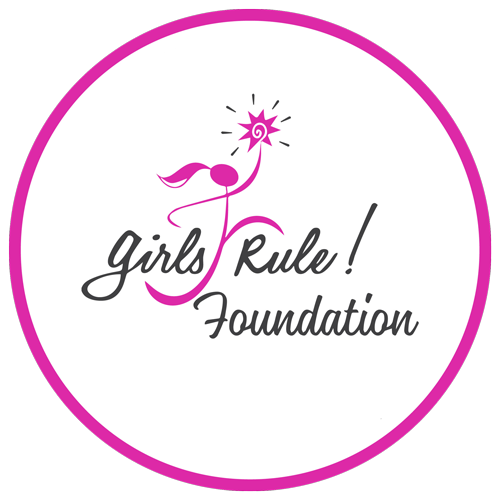Data fuels our fire!
We are on a mission to teach girls to become resilient, not a statistic
To become resilient we must teach SEL skills
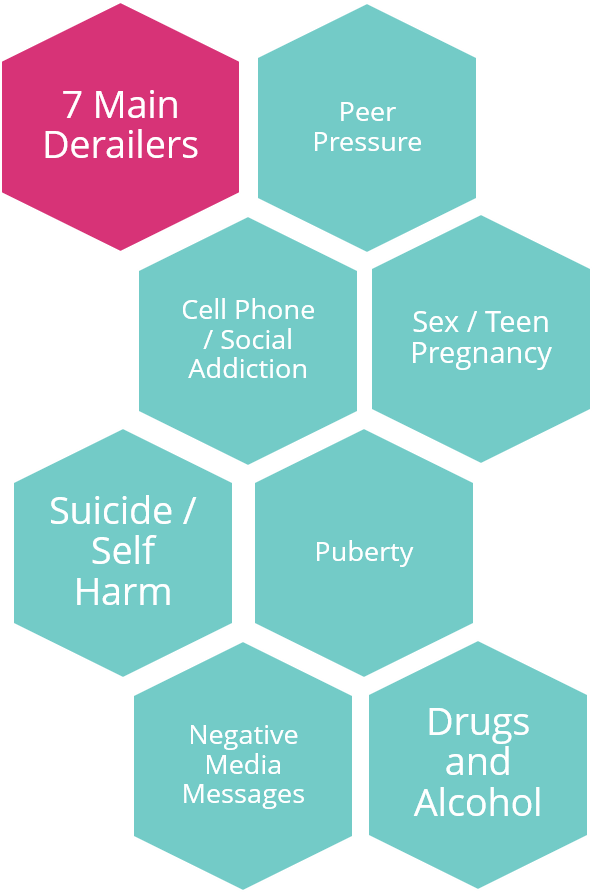 We address the root causes that are under these 7 core “derailers” that “pull-on” every girl and “derail” many girls.
We address the root causes that are under these 7 core “derailers” that “pull-on” every girl and “derail” many girls.
We all know that our youth will inherit complex social and economic problems in the future. We must equip them to be able to have the communication, leadership, self-esteem and problem-solving skills to confront these issues and become the next generation of leaders.
At Girls Rule we address the root causes under these 7 main derailers that “pull-on” every girl and “derail” many girls. We want girls to become resilient, not a statistic.
Let’s talk about the statistics of girls today. We are battling the highest suicide rate in girls in 40 years along with many other staggering statistics like teen pregnancy (7100 teen pregnancies in AZ in 2016 and 1 million nationwide in 2016). Read more statistics below.
Additionally, suicide experts say electronic and social media addiction is one of the main causes behind the rise in suicides and lower self-esteem. We all know that self-esteem cannot be medicated, and we also know that when girls are equipped with social, emotional, and leadership skill sets that they can build strong self-esteem and powerful skill sets to better navigate their teen years to become successful adults.
The result of not equipping our girls with these skills can result in additional girls who experience: low self-esteem, depression, disempowerment, dropping out, teen pregnancy, sex trafficking, suicide, and self-harm. Below are the staggering statistics.
Suicide:
- There is one age group that really stands out in the stats — girls between the ages of 10 and 14.
- Suicide Rate for Teen Girls Has Hit a 40-Year High. Read Time Magazine report here.
- Suicide remains the second leading cause of death among 15-29 year olds worldwide. Arizona’s suicide rate last year was 1320 Arizonans died by suicide.
- Arizona continues to lead in suicides. Here are some resources – read AZ news here
- Read about symptoms to watch for here, if in crisis call Teen Life Line 1-800-248-TEEN
Teen Pregnancy:
- We want girls to thrive and we want girls to change the world, not change diapers.
- 1 million teens ages 13-18 in the USA will become pregnant over the next twelve months.
- Teen pregnancy in 2016 in AZ for girls between the ages of 10-18 was 7,121. According to Arizona Department of Health Services
- 47% of all teen mothers end up on welfare.
- The amount of girls addicted to phones and social media for their self-esteem is staggering, according to The Wall Street Journal
Self-Harm:
- 50% of 9-year old females and 80% of 10-11 year old females feel self-conscious and are on some type of diet.
- A shocking 81% of 10-year-olds are afraid of being fat.
- Eating disorders are found in 10% of boys and 90% of girls
- 58% of girls admit to dieting
- 1 million girls under the age of 18 get pregnant annually
- 1 out of 10 eighth grade girls smokes daily
- 30% of adolescent girls have thoughts about suicide
- The rate of depression among girls and women have doubled
- Over 50% of women say their body disgusts them (Dove Internal Study, 2002)
- Each year, 1 in 5 females and 1 in 7 males engage in self-harm (according to healthyplace.com)
- 90 percent of people who engage in self harm begin during their teen or pre-adolescent years (according to healthyplace.com)
- Cutting, pills, poisons and other self-harm are on the rise among girls ages 10-18. There has been an 8% rise in ER visits from teen girls. A report from The Washington Post reports it’s due to more social isolation, cyberbullying, poor sleep and overuse of phones. Self-harm is a key risk factor for suicide.
Dropouts:
- Arizona has one of the worst U.S. dropout rates (we are 48th in the country for drop-outs) with 13,891 dropouts in 2010 and 5,720 of those were females. (According to the Arizona Department of Education). In 2013, AZ had a graduation rate of 74.7 percent. Its dropout rate was 7.8 percent, the highest in the nation.
- Arizona had the nation’s worst pupil-to-teacher ratio in the nation. (according to WalletHub)
- The Arizona Mayors Education Roundtable understands the gravity of this issue and recently studied the economic losses to the community when students don’t graduate. It found that the state would generate more than $3.8 billion in economic benefits if the dropout rate was cut in half. According to the Arizona Mayors Education Roundtable also found that each dropout in Arizona results in an economic drain of $421,280 over his or her lifetime due to decreased earnings and increased public and private expenses for health, crime and welfare.
- Read this report on how we must help our girls to graduate click here.
- “This report is astonishing. The economic impact is something we cannot ignore, but it also presents an opportunity to build relationships and build on the success we have in partnerships with non-profits, the business community, and local government,” said Chad Heinrich, chamber vice president of public affairs and economic development.
- Russell Rumberger, director of the California Dropout Research Project, was the lead author of the report. Data was compiled from the Arizona Department of Education, the U.S. Census American Community Survey and a 2014 university study about Arizona’s disconnected youth.
Rape and Abuse:
- 1/3 of all teen relationships are considered abusive according to
- 15% of rape survivors are under the age of 12
- About 1 in 6 college-aged female survivors received assistance from a victim services agency according to National Crime Victimization Survey (NCVS)
- 11.2% of all students experience rape or sexual assault through physical force, violence, or incapacitation according to NCVS
Sex Slavery/Sex Trafficking:
- Human trafficking is the third largest international crime industry (behind illegal drugs and arms trafficking). It reportedly generates a profit of $32 billion every year. Of that number, $15.5 billion is made in industrialized countries. The International Labour Organization estimates that women and girls represent the largest share of forced labor victims with 11.4 million trafficked victims (55%) compared to 9.5 million (45%) men.
- As many as 21,000 underage children are part of the national sex trade, according to a 2016 study funded by the Justice Department
- Over 99 percent of trafficked individuals trapped in forced sexual exploitation are women. THE WHITE HOUSE, Office of the Press Secretary
- Between 14,500 and 17,500 people are trafficked into the U.S. each year. California harbors 3 of the FBI’s 13 highest child sex trafficking areas on the nation: Los Angeles, San Francisco and San Diego. The National Human Trafficking Hotline receives more calls from Texas than any other state in the US. 15% of those calls are from the Dallas-Fort Worth area.
- Since 2007, the National Human Trafficking Hotline has received reports of 22,191 sex trafficking cases in the United States.
- According to some estimates, approximately 80% of trafficking involves sexual exploitation, and 19% involves labor exploitation.
- More stats on this here and here
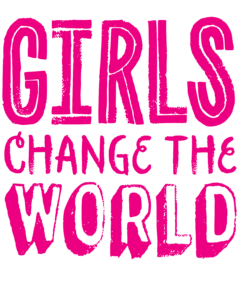
Get involved. Volunteer. Give. Move the Movement.
GIRLS ARE BRILLIANT, BEAUTIFUL AND BOLD JUST AS THEY ARE.
Our movement and our 4 educational programs are aimed to give girls the greatest chances of success in their schooling, their careers, their dreams, and their lives.
Our programs focus on teaching girls the social, emotional, and leadership skill sets they need so that they can thrive, and become our next generation of leaders and world-changers. Self-esteem cannot be medicated. Self-esteem is the foundational element that heavily influences our 4 C’s: choice making, communication, community/relationships, and cash/income.
Let’s help our girls succeed. Because of our work we want to raise the number of girls going to college, raise the number of girls in leadership positions, raise girls’ self-esteem and value of themselves, along with lowering self-harm and suicide rates and lowering teen pregnancy rates. Disempowered girls often become disempowered women, and our commitment is that empowered girls become empowered women who become leaders and contributors in our communities, country, and the world.
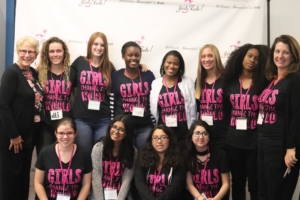



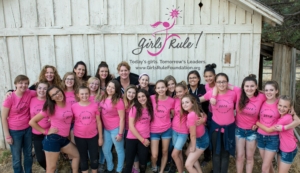





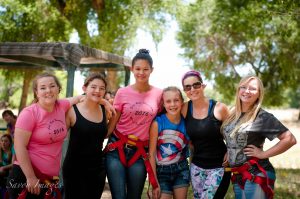
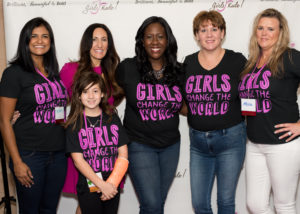
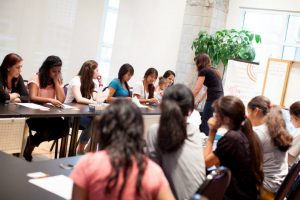
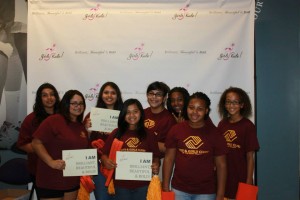
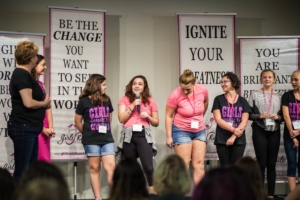
YOUR SUPPORT HELPS IN BIG WAYS DONATE HERE
